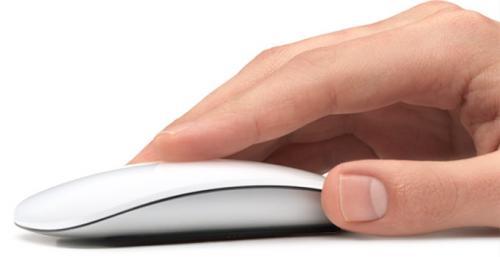Stop talking about the fold.
I have been as guilty as anyone in talking about the fold — the invisible (shall I push and say "imaginary"?) line where scrolling begins. I even think about the fold when I design a web site. Why am I thinking of a concept that came from the newspaper industry? Perhaps I spent too much time on my school's newspaper staff!
In the newspaper world, the fold is the point where the newspaper folds. This concept may have existed briefly on the web when scrolling meant ever-so-carefully finding and clicking a down arrow at the edge of the browser and scrolling down a little bit. Those days ended very quickly. Now, we can scroll almost with the ease of thought. Who writes a Word document and worries that someone might need to turn the page?
Two approaches to consider
- Approach 1: Display information in a hierarchy, most important information at the top.
- Approach 2: Arrange information to lead readers down the page. Imagine the top of the page is the build-up to entice the reader to the prize at the bottom of the page. (iampaddy.com did a great explanation on how 37 Signals is using this technique.)
You may want to explore a little further
MONTHLY MARKETING INSIGHTS.
Get thought-provoking and actionable insights to improve how your firm makes a connection with your customers.





LEAVE A COMMENT